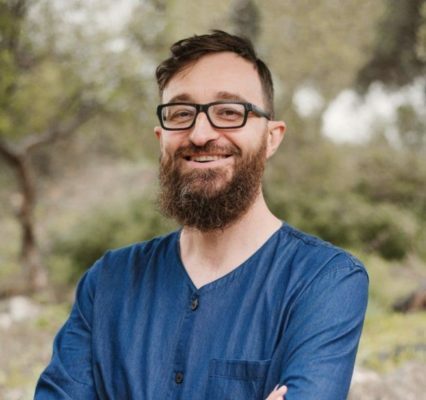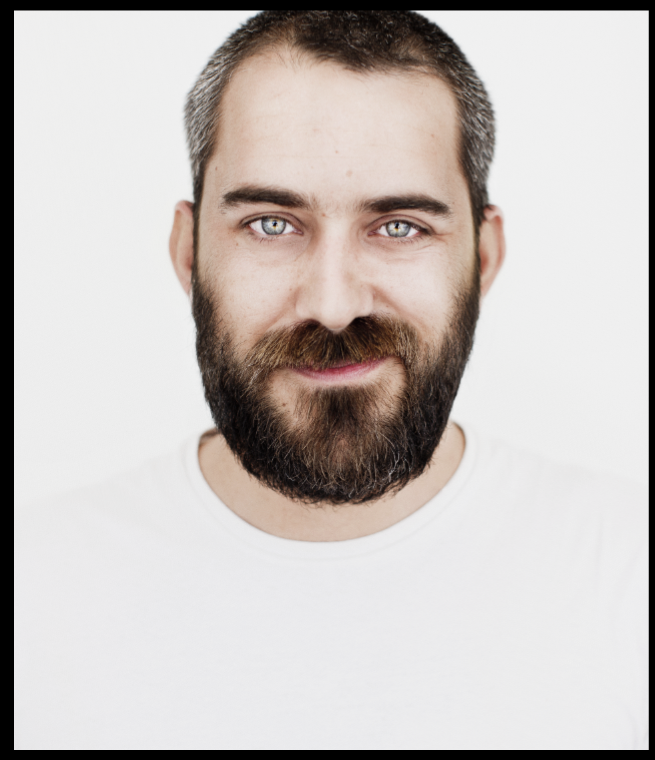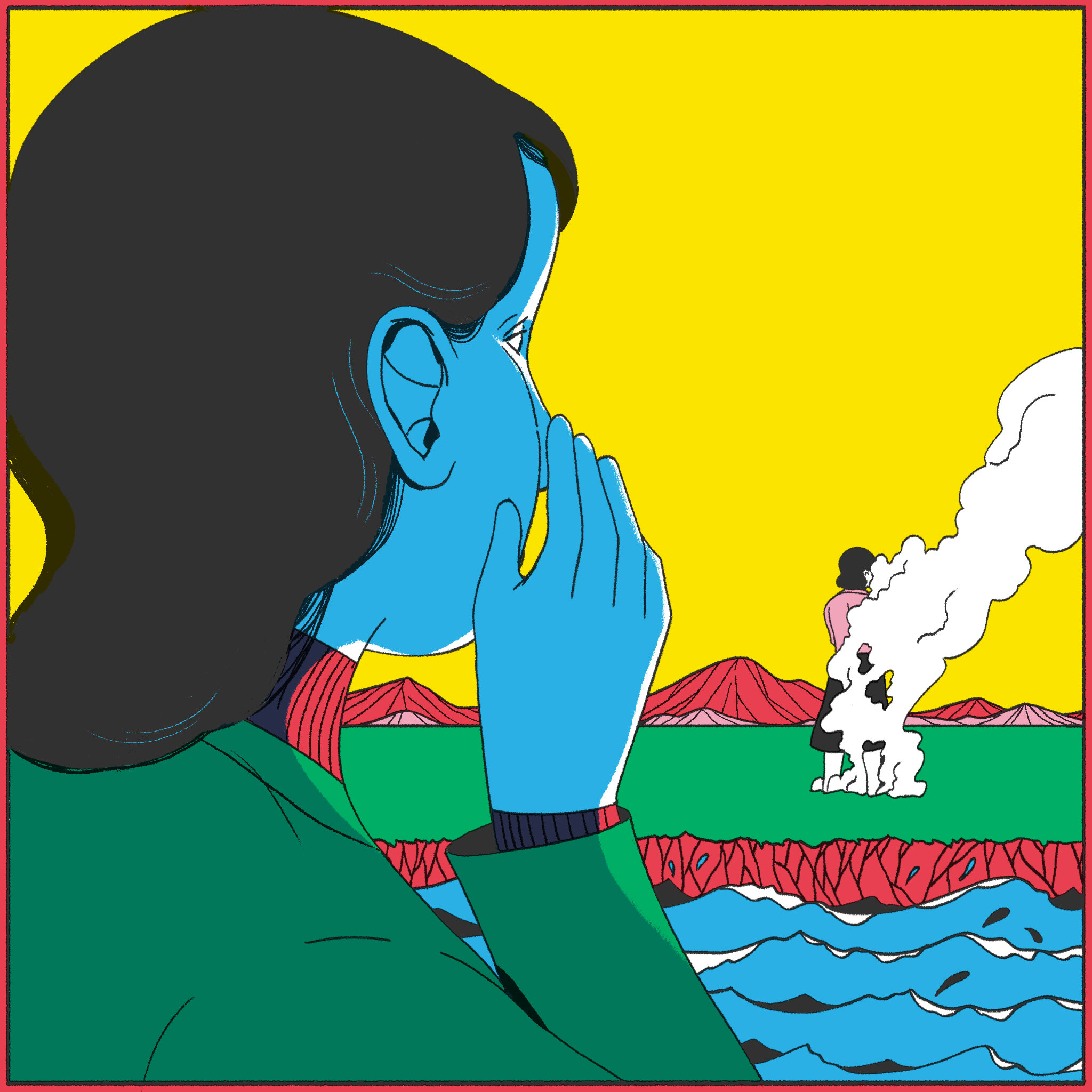Interviews
Sonia Bussu Inspiring Democratic Innovation: A Conversation with Sonia Bussu on Reclaiming Participatory Governance

Sonia Bussu is Associate Professor in Public Policy at the Department of Public Administration and Policy, University of Birmingham. Her research focuses on participatory governance, co-production, and participatory research. She is passionate about bridging the gap between participatory democracy and participatory research, recognizing that these fields have traditionally remained distinct. Sonia emphasizes the importance of enabling participants to self-evaluate their own experiences of participation and their perceived social impact. At Platoniq, we are thrilled to engage in collaborations with Sonia, such as the Mindset Revolution and the INSPIRE project, as we collectively work towards bridging these gaps and exploring innovative approaches to participatory practices.
We’re looking forward to presenting your new book here in Barcelona - Reclaiming Participatory Governance: Social Movements and the Reinvention of Democratic Innovation (Routledge Studies in Democratic Innovations). The book broadly discusses the influence of social movements on participatory policy-making. Could you share your thoughts on the relationship between social movements and public institutions? What changes are needed to foster a more fruitful relationship between them?
The relationship between social movements and state institutions is often complex and contentious, but it can also be productively disruptive. The book explores various experiences of social movements reclaiming the toolbox of participatory deliberative democracy to foster more radical projects of democratisation. In the process, they sometimes build alliances with state institutions, which can be successful in some instances and challenging in others.
For example, through the coalition Barcelona en Comu, as part of the new Municipalist wave across many Spanish cities, we’ve seen how social movements have managed to occupy some local state institutions strengthening and widening the existing participatory infrastructure. However, navigating the regulatory framework can be difficult. There have been innovative experiments in policy-making, such as public-commons partnerships, which creatively rethink existing rules about asset transfer to the community, among other things.
However, there are also significant challenges. State institutions and social movements have very different ways of organizing themselves and working. Activists, who are often volunteers, want to see short-term impact because they are deeply affected by the issues they advocate for. In contrast, public administration and institutions often work at a slower pace, leading to frustration and sometimes causing people to give up.
Some of the chapters in the book examine this relationship and these alliances from the perspective of activists, discussing the frustrations they face and the challenges of keeping the community motivated when results are not immediately visible. It’s a complicated relationship, but it’s also where innovation happens.
On the back of commons action, concepts like community wealth building, linking public procurement to cooperatives and the local economy, have also been embraced by many local institutions around the world. This is where democratic innovation can challenge the neoliberal economy and have a real impact.
As social movements reclaim the participatory toolbox, they widen the focus from political arenas of decision-making to the economy and society. This is where democratization can have a real impact. If we democratize the workplace or the school, that’s where citizens really experience democracy or its absence. Progressive social and grassroots movements have been ambitious in this project of radical renewal, at times also using tools like sortition or participatory budgeting, but with more radical aims. On the back of commons action, concepts like community wealth building, linking public procurement to cooperatives and the local economy, have also been embraced by many local institutions around the world. This is where democratic innovation can challenge the neoliberal economy and have a real impact.
Of course, it’s a constant push and pull. There are wins and losses, and changes in government can dampen some of what has been achieved. It’s a continual process. That’s why I like the concept of assemblage as a frame. Democracy is in a continuous state of becoming.
There’s no definitive end point to the process of democratic innovation. One of the risks of current practice of participatory deliberative democracy is the fixation on specific formats, such as citizen assemblies. This can sometimes limit the space for genuine democratic innovation. Social movements, in contrast, are often more effective at maintaining an emphasis on innovation as they creatively navigate and respond to the needs and problems their communities face on a daily basis, but also building on their many assets.
This book presents an interesting discussion and a variety of fascinating cases. However, it doesn’t view the subject through rose-tinted glasses. It acknowledges and reflects on the many challenges involved in these processes.
Could you tell us about your role and objectives within the Inspire European project, particularly in terms of how you are addressing issues in participatory democracy and intersectional spaces of participation?
I am the scientific coordinator of the Inspire project, co-coordinating with Brigitta Geisel from the Goethe University in Frankfurt. This is a project co-funded by Horizon Europe and UKRI. It is a fantastic consortium with a lot of expertise and passion about participatory democracy from different perspectives. We work together towards making the practice, discourse, and research on participatory democracy more intersectional and inclusive. We’ve identified a few significant issues with how we study, think about, and implement participatory deliberative democracy. It’s often decoupled from the political economy of participation, and we know that socioeconomic constraints significantly affect participation and people’s capability to participate equally. We believe that this decoupling is one of the reasons why participatory democracy doesn’t have the impact we’d hope for on social justice and equity. We also think that the practice of participatory democracy has been very top-down, often designed by people in academia or the democratic sector, many of whom come from a narrow demographic group. We aim to try and address these issues in our project.
You mentioned that the participatory spaces often reflect a predominantly white and middle-class demographic. How does this demographic homogeneity impact the effectiveness and inclusivity of these spaces?
Indeed, we often find that these participatory spaces universalize the experience and expectations of participation from this narrow demographic. This is one of the reasons why we struggle to involve people from other groups, many of whom are marginalized in all aspects of public life and often have valid reasons for distrusting the state, for instance minority and racialised communities, or young people, who feel increasingly distant from democratic institutions. Unfortunately, the current practice of democratic innovations isn’t really helping to bridge the gap between these groups and state institutions, or indeed the wider society.
How do you plan to involve marginalized groups and rethink participation from their perspective?
We plan to co-design participatory spaces with them. This involves experimenting with different approaches beyond talk-centric deliberation and assembly formats, which may not resonate with certain demographics, such as young people. We aim to make the democratic process enjoyable and engaging, recognizing that democracy is relational and built on empathy. To this end, we are exploring arts-based approaches, such as, but not only, legislative theater, to see whether and how they can strengthen intersectional inclusion. We’ll work with practitioners such as Katy Rubin. She’s the person to talk to if you want to learn more about legislative theatre in particular.
Could you elaborate on how you intend to integrate policymakers and ensure the sustainability of participatory initiatives beyond the project’s duration?
We want to involve policymakers from the very start, through a series of co-production spaces at different tiers of government. Our aim is to strengthen the embeddedness of participatory approaches to policy making. Many democratic innovations stop at the point of recommendations, without much thought about what happens after the project. We are interested in what happens next and sustainability, not as an afterthought but as integral to our design approach. We aim to embed these processes in the local context, the policy context, and the civil society context. We don’t want these spaces to exist in vacuums where there are participatory events that very few people know about. Instead, we want to build on grassroots action and see what the community needs support with to make their participation more inclusive and impactful.
Our assumption is that by understanding the local context and giving ourselves time to build relationships of trust with local actors and using participatory process to support existing grassroots action and policy agendas, we can help embed participatory policymaking beyond the funding of this relatively short project.
Our assumption is that by understanding the local context and giving ourselves time to build relationships of trust with local actors and using participatory process to support existing grassroots action and policy agendas, we can help embed participatory policymaking beyond the funding of this relatively short project. That’s why we want to start an open-ended dialogue with civil society groups and policymakers around these spaces to think about how we can engender more participatory ways to do things in the long term, with the perspective of the marginalized group at the center. We believe that if we start from the perspective of those that are rarely included, these spaces are more likely to be inclusive for everyone.
If I understand correctly, the project views participation as an ongoing process. Could you explain what that entails?
Instead of having a one-off participatory event like a citizen assembly, we aim to foster a participatory process that continues beyond the event. This process considers not just participatory agenda setting, which involves generating policy ideas from the perspective of citizens and particularly marginalized groups, but also participatory scrutiny. This might involve an open-ended dialogue between participants, civil society, and policymakers to monitor implementation. Policymaking is a complex process, and many decisions happen at the implementation stage. It’s a bit of a black box, and there are often regulatory frameworks that conflict with participation, and that most people, including politicians, are unaware of. By having this open-ended dialogue, we hope to generate a more participatory way of doing policymaking. The idea is to create spaces where to unpack and navigate these barriers together through ongoing co-production between citizens, civil society, and policymakers.
So, it’s not just an addition to the existing representative structures?
Exactly. It’s not just about creating spaces for participation as add-ons with limited impact, but rather strengthening inclusivity and embeddedness of a more participatory culture across society and policy making. One problem with mini publics (or citizen assemblies by sortition) is thatsocial capital often disperses quickly because it’s not organized citizens that participate. And then no one checks on what happens next because there’s no one to monitor. You have to rely on the policymakers to get back to you, but that doesn’t always happen,not necessarily because policymakers are bad people, but because policy environments and political pressures continuously change. If we want to think about participation as a process, we also have to think about ways of bridging the gap between participatory spaces and campaigning, or grassroots and social movements, as part of a participatory ecology. We need to generate public support for these participatory spaces. At the moment, very few people in the general population are even aware that they are happening. We want to ground these processes in the real world. Otherwise, we risk being self-indulgent, creating fancy participatory processes that don’t really change anything.
You’ve mentioned using an intersectional lens to include diverse groups. Could you explain what that entails?
I’m not an expert in intersectionality, but we understand that oppression is always intersectional. We all have multiple identities, and it’s unfair and disempowering to label groups as vulnerable because no one is vulnerable all of the time, but everyone is vulnerable some of the time. We aim to engage with groups that experience intersectional oppression to better understand the intersections of these oppressions, which often overlap with class, gender identities, racial identities, and different abilities.
By having diverse groups across different spaces and experimenting with different approaches, we want to enable participants to self-define their own identity as they participate. This creates space for processes of conscientization, as Paulo Freire discussed, and builds collective action not just within groups but across groups. We don’t want to label people with one identity. For instance, the young people I’ve been working with in Manchester, as part of the Mindset Revolution project, are a very diverse group, along class, gender and ethnic background. But they all have experience of mental health challenges and are passionate about improving youth mental health care.The diversity within this group generated new perspectives on both how we do participation and also the importance of an intersectionality lens within mental health care.
We believe that participatory processes, if inclusive, have to consider how our different identities interact with the participatory space and what the hidden barriers are. We can only do this through co-design of the participatory space.
Their experience of mental health services is filtered by their multiple identities and the intersectional oppressions they experience. We believe that participatory processes, if inclusive, have to consider how our different identities interact with the participatory space and what the hidden barriers are. We can only do this through co-design of the participatory space. We don’t want to create islands for marginalized groups and essentialise them as such. Instead, we aim to bring those voices we hardly ever hear to the center of their wider community. Legislative theatre is a powerful tool for this. The play represents the lived experience of the participants, but the wider community is invited as spect-actors to recognize that experience and co-create with the actors different scenarios and change oppressive rules.
So, creating safer spaces, as we state at Platoniq, for these people to participate is important?
Yes, but I believe these safe spaces often already exist within their communities. It’s about grounding perhaps more creative and inclusive approaches where these groups already work and live and feel safe, building on the action they already do, and co-creating more space for them to buildcollective action within the group and across groups. We need to work closely with the community groups they are part of and that support them. When I do this engaged research, I want to work with local grassroots groups and community groups because they understand what a safe space is to them, which might be very different from me. There might be a lot of things that I overlook and don’t consider, because I don’t have the same lived experience. That’s why we want to design these spaces from their perspectives. Then we will know that it’s their space, they have ownership, and they will feel safe.
Could you elaborate on the concept of compensatory representativity and how it is applied within INSPIRE?
If you’re referring to oversampling, then yes, our project does focus on groups that are typically underrepresented. We don’t just invite a few individuals from these groups to participate in a larger assembly that is more or less representative of the wider population.
We take a different approach where we co-design spaces with these underrepresented groups at the center, and then invite the wider community to join these spaces. This includes policymakers as well. So, it’s essentially the reverse of a traditional minipublic.
We’re co-designing these spaces from the perspective of groups that are often excluded, not because they don’t want to participate, but because they don’t feel comfortable in the spaces that we usually design.
For instance, we invite the wider community to engage with a legislative theatre play created by diverse young people, or a dance performance that highlights the rights of people with disabilities. We’re taking an opposite approach to center their experiences and then bring the wider community into these spaces. But we will test this approach and see how things develop.
Could you share your expectations regarding the potential social impact of the INSPIRE project?
Our ambition is to raise awareness about the weaknesses in the field so far, such as overlooking the political economy of participation, not considering these spaces through an intersectional lens, or the fact that these processes are often ad hoc and not embedded.
We hope to develop a series of ideas, approaches, and suggestions with the groups and communities we work with. These will be available as live co-produced toolkits, and different community groups, policymakers, and citizens will be able to try, test, and adapt them to their context. The Decidim platform will be crucial as a hub for knowledge exchange and will help us continue this work in the long term.
Policy impact is obviously on our minds. We want to focus on participatory scrutiny and view participation as an ongoing process rather than an ad hoc event. It’s an ambitious project, and we have three years to learn, share, and develop. Policy impact is always a bit of a question mark, so we’re going to do our best by connecting with policymakers at different tiers and involving them in this process of co-production throughout. This will also help us understand feasibility challenges from their perspective. Watch this space!



